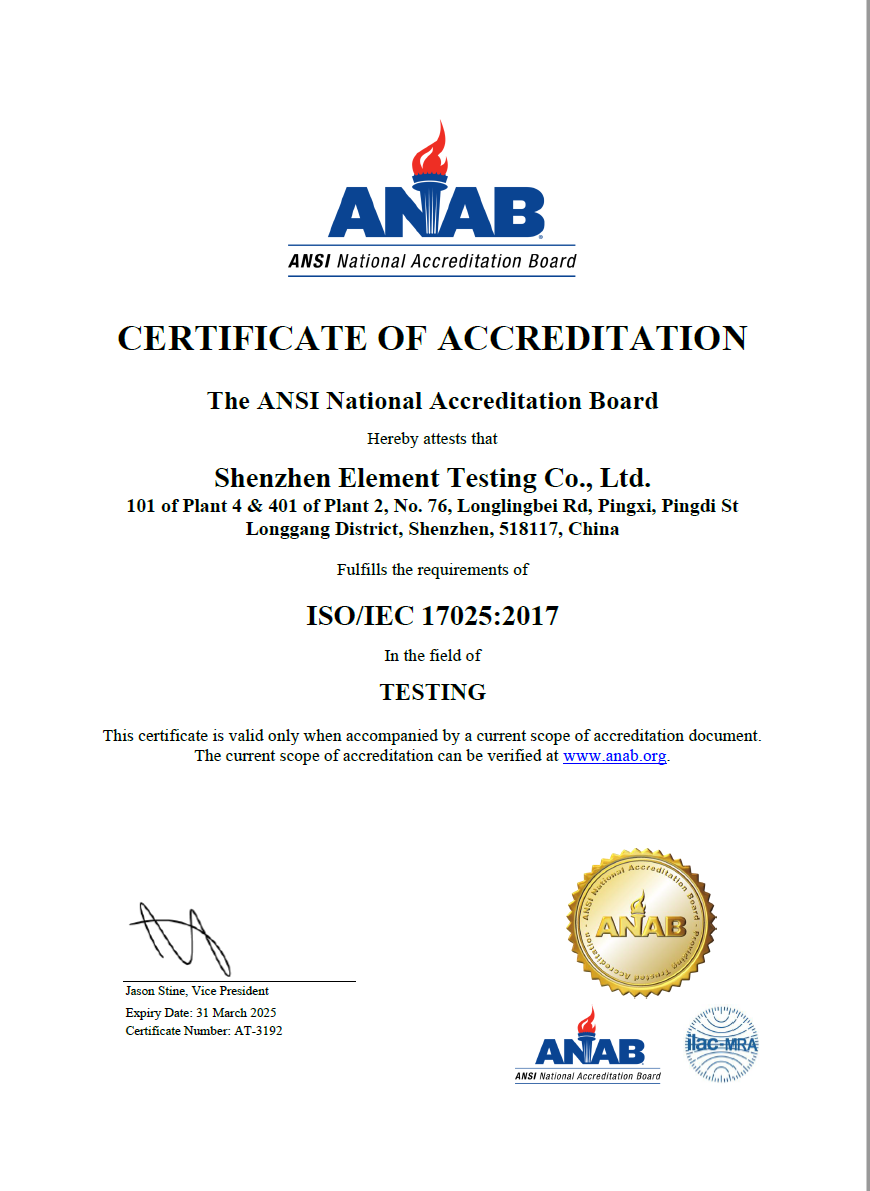Child resistant packaging, commonly known as CR (Child Resistant) packaging, is a special type of packaging.
Manufacturers use it to reduce the risk of children consuming harmful substances, as the design of such packaging makes it difficult for children to open. However, the manufacturer's design allows most adults to use the items in the packaging. Packaging testing helps determine whether disabled adults and elderly people can use packaging. We commonly refer to CR certification (CR testing) as the testing for preventing children from opening CR packaging products.
Usually, manufacturers achieve child proof packaging by using safety helmets. Safety regulations typically require drug packaging to include such protective caps. Prescription drugs, over-the-counter drugs, and nicotine containing consumables are usually packaged in this type of packaging. In addition to bottle caps and packaging bags, bubble wrap packaging and even cardboard boxes also have the function of preventing children from deforming.
CR packaging products such as screw cap bottles, child lock bags, aluminum boxes, etc./CRC (Child Resistant Cap)/CRP (Child Resistant Packaging) exported to Europe, America and other regions require testing to prevent children from opening the packaging. Generally, these types of child lock packaging products contain items that cannot be touched by children, so they all have a "child lock" that makes it difficult for children to open, thereby reducing the risk of poisoning and injury caused by contact with the contents inside.
Background
Child protective packaging originated in the United States in 1970. The Toxic Substances Prevention Packaging Act (PPPA) stipulates that products harmful to children must use child safe packaging.
For electronic cigarette products, most states in the United States have clear child protection requirements, such as Arkansas, Illinois, Indiana, Maine, Massachusetts, Michigan, Minnesota, New Jersey, New Mexico, New York, North Carolina, North Dakota, Oregon, Rhode Island, Tennessee, Texas, Utah, Vermont, Virginia, Washington, Wyoming, and other states.
Among them, some states mention the definition of child protective packaging: "A bag or container designed or constructed to be difficult for children under the age of 5 to open or obtain toxic or hazardous substances within a reasonable time, and not difficult for normal adults to use correctly, but it does not mean that all these children cannot open or obtain toxic or hazardous substances within a reasonable time; Child protective packaging "means" a packaging designed or constructed to be difficult for children under the age of five to open or access hazardous substances within a reasonable time, but not difficult for normal adult use, but does not mean that all such children cannot open or access hazardous substance packaging within a reasonable time
Some states have also specified testing requirements. Arkansas mentioned that child protective packaging should be tested according to the methods described in the current 16 C.F.R. § 1700.20 during testing; Michigan also explicitly requires that liquid nicotine containers cannot be sold in the state unless they meet the child protection effectiveness standards of 16 CFR 1700.15 (b). Individuals who violate the provisions of this paragraph will be found guilty and may be fined up to $50.00 for each violation. Oregon has also established verification requirements for child protective packaging: sales points in Oregon must provide written laboratory test reports from manufacturers to the Oregon Department of Health upon request, which describe the results of child protective packaging testing conducted using the protocol specified in 16 CFR 1700.20 (1995).
In recent years, many mainstream medical journals around the world have repeatedly reported cases of children ingesting certain household products, especially products containing certain drugs or dangerous liquid mixtures, which may cause serious harm or side effects to children. In 2014, the EU TPD II specified that electronic cigarette devices and their refilling containers that can be refilled multiple times should meet the requirements of child protection, tamper proof, and leak proof. ISO 8317:2015, published by the International Organization for Standardization, was adopted as a European standard by the European Committee for Standardization in the same year for use by member state standardization organizations.
Definition:
a. Child Protective Package: A packaging consisting of a container and a fitting closure that is difficult for children under 52 months of age to open (or come into contact with its contents), but not difficult for adults to use correctly;
b. Reclosable Package: A package that can be resealed after initial opening and can ensure sufficient use with similar safety to distribute all contents;
c. Essential features: Elements/characteristics or attributes that are crucial for maintaining child protection function in a container/closed system, such as the size, material, shape, handle, thread, hardness, closure features, etc. of rotating or squeezing rotating devices, containers and seals.
Basic requirements:
a. The packaging used to prevent children from opening the test should be able to prevent children under 52 months of age from opening such packaging
b. To prevent children from opening the testing packaging, while meeting the requirements for preventing children from opening, the basic functions of the packaging itself should also be met.
Related standards and regulations
Canada - CAN/CSA Z76.1;
United States -16 CFR 1700.20&ASTM D3475;
China - GB/T 25163-2010;
Europe - EN 14375 (pharmaceuticals), EN 862 (non pharmaceuticals), EN ISO 8317, etc;
International - ISO 8317.
Shenzhen Element Testing Co., Ltd
Our company has obtained ANAB qualification recognition in the United States for preventing children from starting projects. The testing projects cover standards from various countries and regions, such as the International Organization for Standardization ISO, the European Union EN, the United States ASTM/FDA, Canada CSA/SOR, Germany DIN, the United Kingdom BS, the Gulf GSO, China GB, South Korea KS T, etc.

联系电话
微信扫一扫
